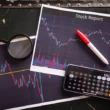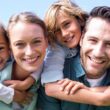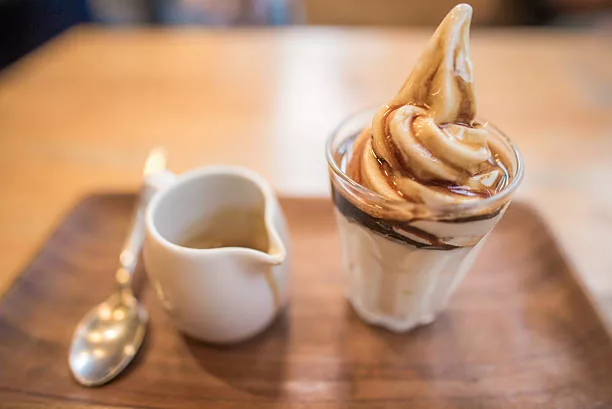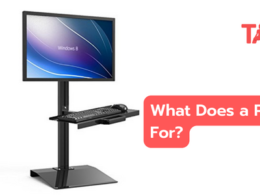Ice cream delights with increased sweetness when cold, whereas ham reveals its savory essence when enjoyed warm. Yet, taste divergence is merely one facet within the hot and cold food discourse. That’s why we delved deeper, uncovering additional insights into the impact of temperature on our bodies. Stay tuned for an exploration that promises intriguing revelations.
- Opting for cold meals may lead to a higher calorie intake.

A recent study debunked the belief that hot food inherently contains more calories due to its perceived satiating effect. Surprisingly, those favoring cold dishes tend to intake notably higher percentages of calories (at least 31%), fats (at least 37%), and carbohydrates (over 22%). This trend was particularly pronounced among individuals grappling with obesity. One potential solution suggested by the study is incorporating a hot dish alongside a cold salad to address this overconsumption tendency.
2. Our body has more trouble digesting cold food:

Our bodies process food by bringing it to our core temperature, implying that consuming cold items requires the body to expend extra energy first to warm the food before digestion. For instance, hot soup can be digested within 15 minutes, while dairy products, notably ice-cold ice cream, can take anywhere from 30 minutes to 2 hours.
However, this doesn’t suggest avoiding cold foods entirely, especially considering that raw fruits and vegetables offer optimal nutritional benefits. To aid digestion of other cold dishes, a helpful tip is to hold them in your mouth for a longer duration. This technique allows enzymes in saliva to initiate the breakdown process while gradually raising the food’s temperature.
3. Hot food tends to be more nutritional:

Heating food aids in easier digestion, enabling quicker absorption of nutrients by the body. Cooking certain vegetables, like tomatoes, actually boosts the lycopene content. Additionally, warm cereals like oats offer rich fiber without the added sugar often found in cold cereals.
Yet, a drawback of cooking fruits and veggies lies in the loss of vitamins. To preserve these nutrients, it’s advisable to cook them for the shortest duration possible. Regardless of cooking method, aim to retain some crunchiness rather than turning them into mush.
4. Cold water is absorbed faster than hot:

Cold water is known to empty from the stomach at a faster rate, enhancing absorption compared to hot water. Athletes or frequent exercisers benefit from increased endurance when consuming cold water. Interestingly, warm water tends to result in smaller intake volumes, potentially leading to dehydration. The ideal temperature for water consumption is around 16°C or 60°F, as it encourages higher intake and reduced sweating.
However, caution is necessary for individuals with esophageal conditions; in such cases, opting for warm water provides relief to the food pipe.
5. Hot food extends the feeling of fullness over time:

Hot food prolongs satiety by curbing your appetite more effectively. The nutrients released in hot meals enhance taste, intensifying the feeling of satisfaction and slowing down your eating pace. As you consume slowly, your brain receives signals of increasing fullness. Eating at a leisurely pace enables you to gauge your intake accurately, and post-meal, your brain suppresses your appetite for an extended period.
Soup, often served hot and primarily water-based, exemplifies this effect. Its liquid nature facilitates easier consumption and induces a faster sense of fullness compared to solid and cold foods.
6. Hot and cold food have the potential to raise your body temperature:

Undoubtedly, hot beverages such as coffee, tea, and soup evoke a warm, comforting sensation. Conversely, certain cold foods and drinks can also contribute to elevating body temperature. Take ice cream, for instance—a delightful treat that might initially bring a chill during colder months but eventually generates warmth.
This is attributed to its high fat and protein content, which induce a heat-generating effect during digestion. The body expends additional energy to digest fats, elevating internal temperature and producing a sensation of warmth.
7. Hot food supports gastrointestinal well-being:

Cooking a meal at temperatures exceeding 149°F (65°C) effectively eliminates potential harmful microorganisms, ensuring food safety. Similarly, heating water to this temperature is effective in ensuring its quality.
Conversely, cold carbonated beverages, such as soda, can induce stomach discomfort and even lead to nausea. Additionally, cold food has the potential to generate gas in the digestive system.
Remember, individual responses to hot and cold foods can vary based on factors like metabolism, health conditions, and personal tolerance. Moderation and balance in consuming foods of varying temperatures are often recommended for overall well-being.









